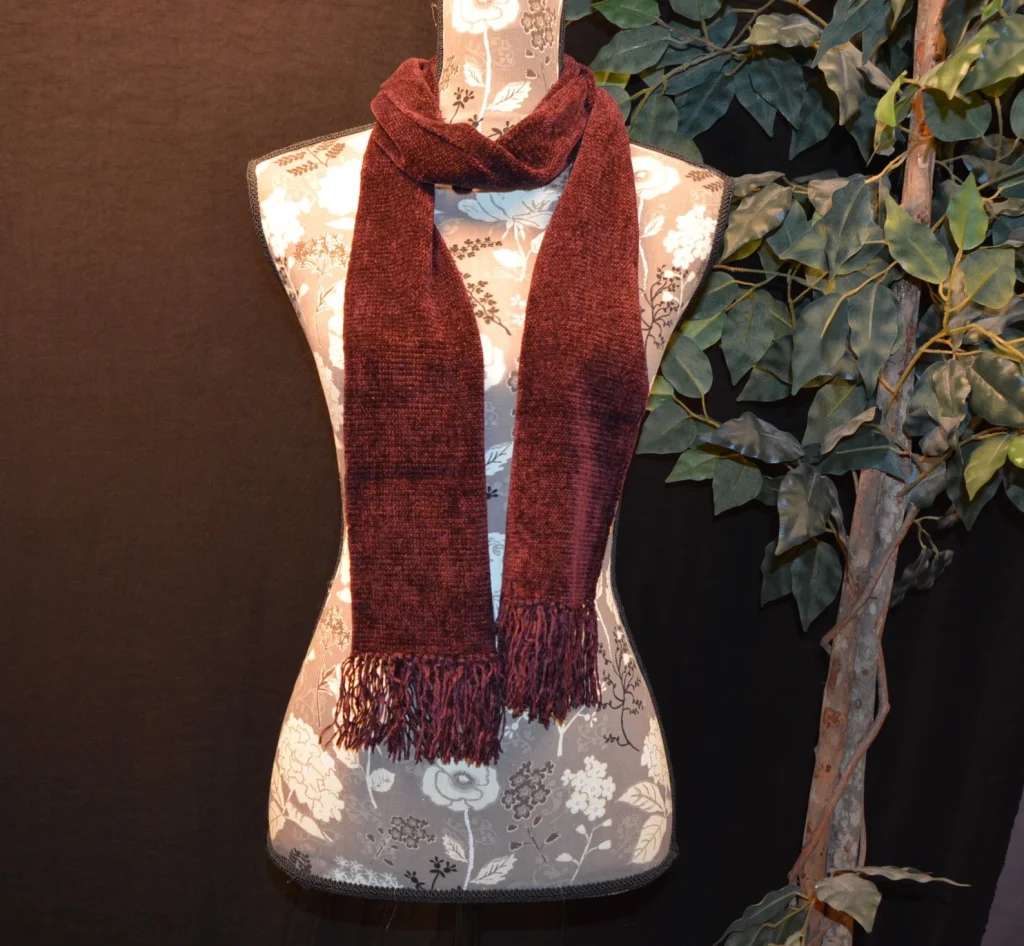News
The Cultural Significance of Handwoven Scarves
Handwoven scarves hold cultural significance in many societies, symbolizing heritage, craftsmanship, and identity. In 2025, there is a renewed interest in these scarves as consumers become more aware of the stories behind the products they purchase.
Artisans from various regions are preserving traditional weaving techniques passed down through generations. For instance, in Madagascar, silk scarves are handwoven using methods that have been practiced for centuries. Similarly, in Ethiopia, cotton scarves are crafted on handlooms, showcasing the rich textile traditions of the country.
These scarves often feature designs and patterns that reflect the cultural narratives of their makers, making each piece a unique representation of its origin. By purchasing handwoven scarves, consumers are not only acquiring a beautiful accessory but also supporting the preservation of cultural heritage.
Furthermore, the global appreciation for these scarves has led to collaborations between artisans and designers, blending traditional techniques with modern aesthetics to create innovative and culturally resonant fashion pieces.
Conclusion
The handwoven scarf industry in 2025 is characterized by a fusion of tradition and innovation. Consumers are increasingly drawn to these scarves for their unique designs, sustainable production methods, and cultural significance. As the demand for ethically made fashion continues to rise, handwoven scarves are poised to remain a prominent feature in the global fashion landscape.
If you would like more detailed information or specific examples of handwoven scarves, feel free to ask!

